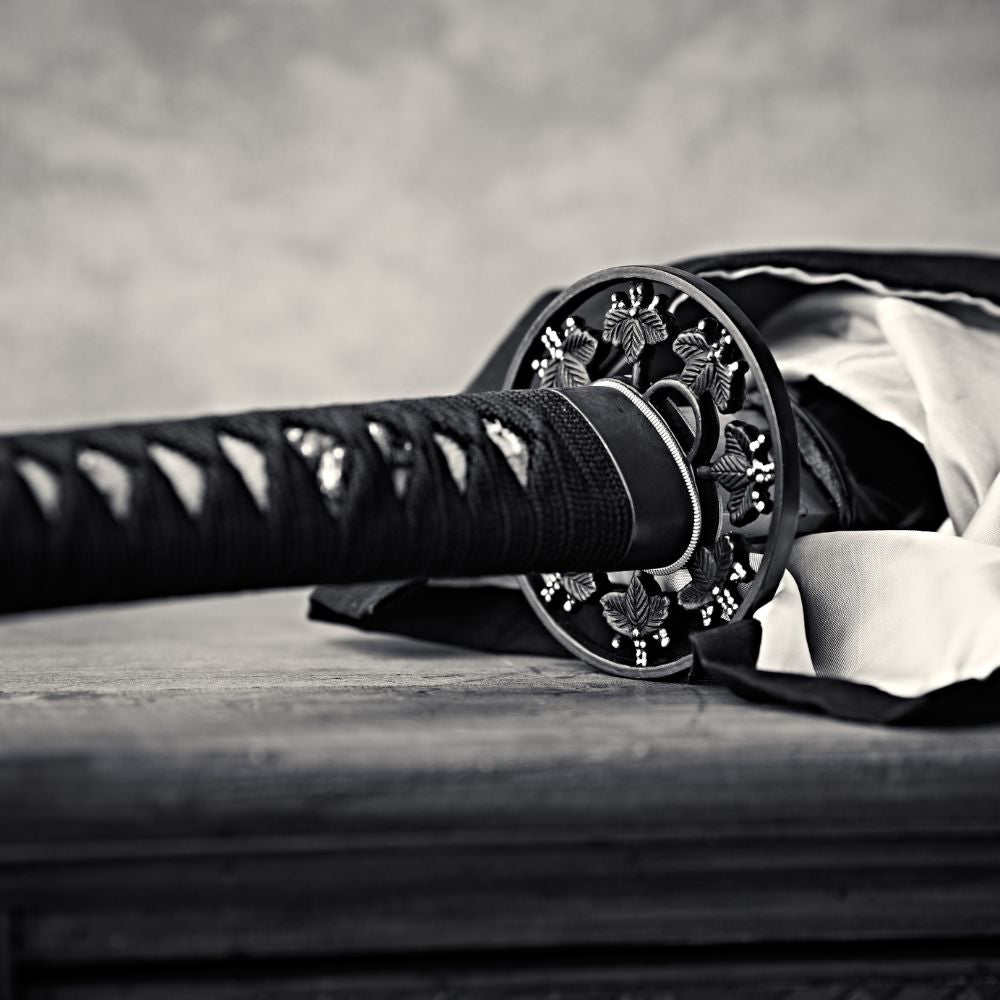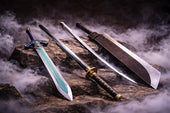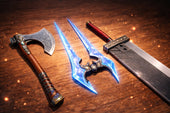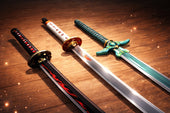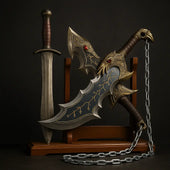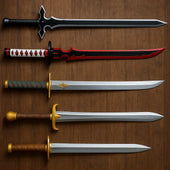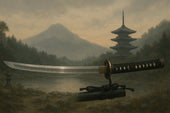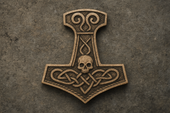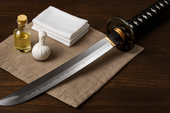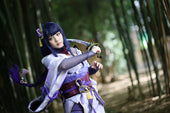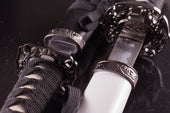The Wakizashi, though often overshadowed by the longer Katana, was an indispensable tool in the life of a samurai. This shorter sword, typically worn alongside the Katana, played a crucial role in both combat and ceremonial practices. In this blog, we’ll delve into the history, uses, and cultural significance of the Wakizashi, shedding light on why it was considered a vital part of the samurai’s arsenal.
What is a Wakizashi?
The Wakizashi is a traditional Japanese sword, shorter than the Katana but longer than the Tanto. Typically, the blade length of a Wakizashi ranges from 30 to 60 centimeters (12 to 24 inches). It was designed to be a companion sword to the main Katana Sword, forming part of the "Daisho," the pair of swords symbolizing a samurai’s honor and social status. The Wakizashi is characterized by its sharpness, craftsmanship, and ability to be used in close quarters where the Katana might be less practical.

The Role of the Wakizashi in Samurai Culture
The Wakizashi Sword was more than just a secondary weapon; it held deep symbolic meaning in samurai culture. Paired with the Katana, the Wakizashi completed the Daisho—a symbol of the samurai’s readiness to defend his honor and life. The shorter length of the Wakizashi made it ideal for situations where the Katana was too unwieldy, such as indoor combat or in confined spaces.
Moreover, the Wakizashi was often kept close by the samurai, even when the Katana was set aside. It was a constant companion, carried when the samurai was in civilian attire, making it a crucial element of his identity and security.
Practical Uses of the Wakizashi
Secondary Weapon
In battle, the Wakizashi served as a backup weapon. If a samurai’s Katana was lost or broken, the Wakizashi provided a reliable alternative. Its shorter length made it easier to handle in close combat situations, where agility and precision were paramount.
Indoor Combat
One of the key advantages of the Wakizashi was its effectiveness in indoor settings. Samurai often faced opponents in tight quarters, where the longer Katana was difficult to maneuver. The Wakizashi’s compact size made it the weapon of choice for these situations, allowing for swift and accurate strikes.
Ritual Seppuku
Perhaps one of the most solemn uses of the Wakizashi was in the ritual of seppuku, or harakiri. Samurai who committed seppuku used the Wakizashi to perform the act, a practice rooted in the code of bushido that allowed a samurai to die with honor rather than face the disgrace of capture or failure.
Self-Defense
Outside of battle, the Wakizashi was carried by samurai as a means of self-defense. When in civilian dress, samurai would often leave their Katana at home but still carry the Wakizashi. This made the Wakizashi a constant protector, ready to be drawn at a moment’s notice if the samurai’s life was threatened.
Ceremonial Purposes
The Wakizashi also held a place in various ceremonial contexts. It was often used in rituals and could be a symbol of status, presented as a gift or passed down through generations. The sword’s presence in these ceremonies underscored its significance beyond the battlefield.
Wakizashi vs. Katana: Key Differences
While both the Wakizashi and Katana were essential to the samurai, they served different purposes. The most obvious difference is in size—the Katana’s blade typically measures over 60 centimeters, while the Wakizashi’s blade is shorter, usually between 30 to 60 centimeters. This size difference made the Katana the primary weapon for open combat, where its longer reach was advantageous, while the Wakizashi excelled in confined spaces or as a backup weapon.
In terms of cultural significance, the Katana is often seen as the "soul" of the samurai, representing their honor and warrior spirit. However, the Wakizashi’s constant presence at the samurai’s side—day and night—made it equally important as a symbol of readiness and duty.

The Legacy of the Wakizashi
Today, the Wakizashi continues to be revered as a significant artifact of Japanese culture. It remains a vital component of martial arts practice, particularly in disciplines that study traditional samurai weaponry. Collectors and historians also value the Wakizashi for its craftsmanship, historical context, and the stories each blade carries from its time in service.
Some Wakizashi swords are celebrated for their historical importance, having been wielded by notable samurai or crafted by renowned swordsmiths. These swords are preserved in museums and private collections, serving as a reminder of the Wakizashi’s enduring legacy in Japanese history.
The Wakizashi may be smaller than the Katana, but its impact in samurai culture and Japanese history is immense. From its role as a versatile secondary weapon to its significance in rituals and daily life, the Wakizashi was a true companion to the samurai. Understanding its uses and legacy offers a deeper appreciation of the samurai’s world and the enduring artistry of Japanese sword-making.


